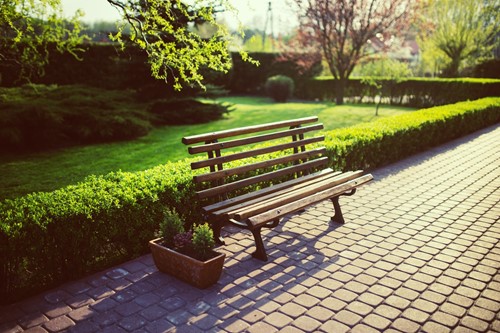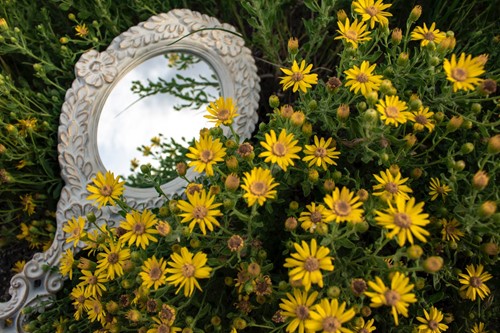
While many regard lawn benches as a ubiquitous and utilitarian outdoor feature, the right bench can make a stylish statement in your outdoor living space. But how do you choose the best bench for your yard?
Here are some of the key factors to consider when shopping for the perfect garden or lawn bench:
Locations & surfaces
A perfectly placed seat can be a valuable reprieve from the elements. If your outdoor living space gets plenty of sun, consider adding a bench where you can sit down and enjoy the shade. Conversely, if rain frequently hinders your outdoor fun, a bench located under an awning or umbrella makes the perfect place to enjoy the great outdoors while warm and dry.
On a more mechanical level, the surface below the bench is important to consider as well. For example, do you have flagstones, brick or another type of uneven surface? Certain types of benches can be off-center and uncomfortable unless placed on a perfectly flat surface, while others can adjust to an uneven foundation.
Materials & styles
Outdoor benches don’t have to coordinate perfectly with the rest of your outdoor space or backyard decor. However, if you want a bench in a specific architectural style, design and materials matter.
For example, English or French style gardens are the perfect setting for an ornamental cast iron style. A more contemporary yard would call for a sleek, modern style of bench with clean lines and lack of embellishments. The classic wooden bench could work in either context, but whether you add stain or paint color depends on the aesthetic you hope to achieve.
A bench might seem like a simple furnishing, but once you get deeper into the possibilities, it’s easy to feel overwhelmed by choices. If you’re interested in finding the perfect bench for your outdoor living space, consider these key factors to guide your decision.

